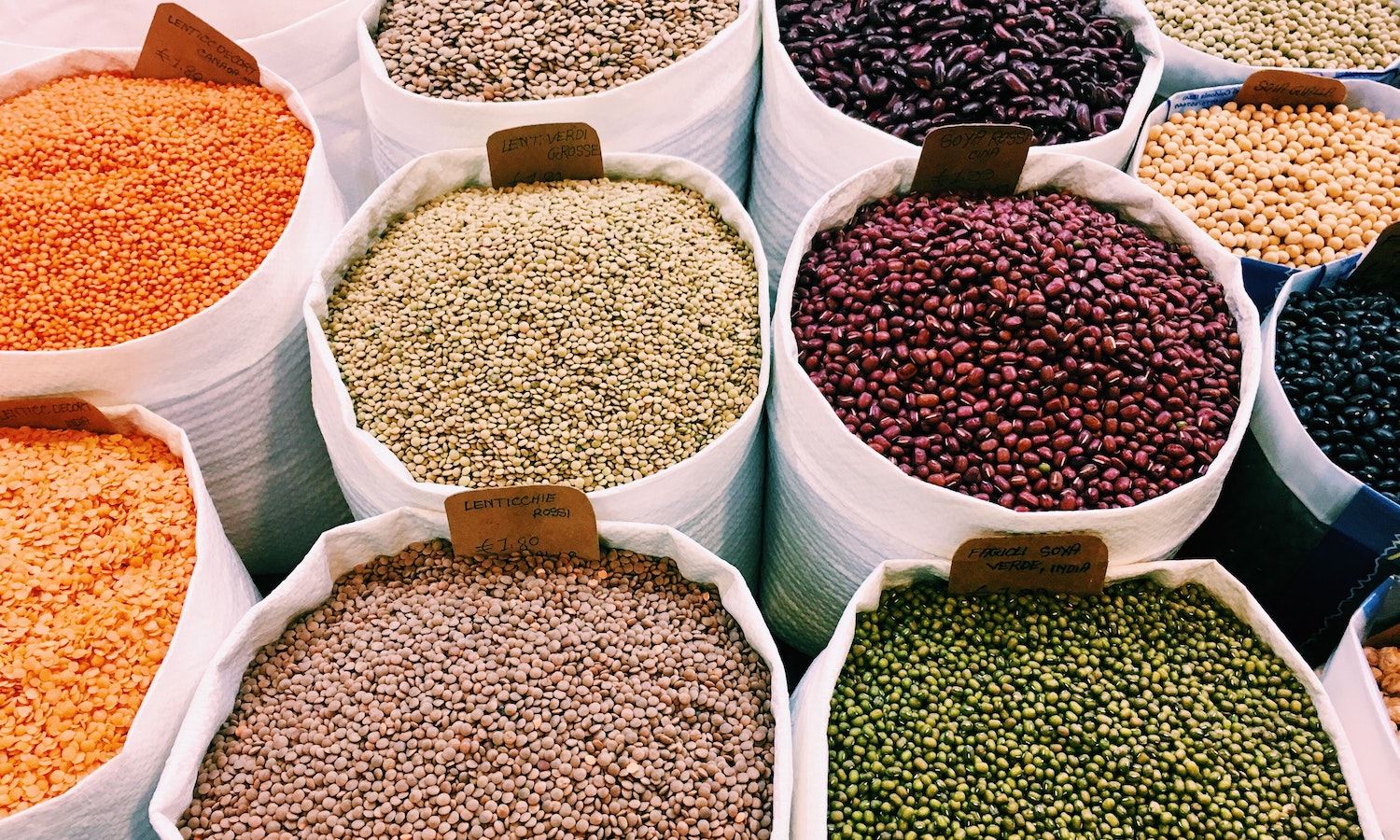While recent months have seen some easing in the pace of price increases, with the U.N. Food and Agriculture Organization Food Price Index falling from the all-time-high it reached in March 2022, higher costs for food continue to challenge low- and middle-income households worldwide. While the present crisis will end, the general trend of food price volatility and ensuing food insecurity is unfortunately likely a sign of things to come under a new climate reality.
Climate change will challenge food systems in many ways: shifting temperatures and seasons will slow growth in agricultural productivity and reduce fishery yields; the increasing frequency and severity of extreme events will raise the likelihood of crop losses; and altered precipitation and temperatures will increase water scarcity. For livestock, impacts will be felt on feed quantity and quality, water access, reproduction, productivity, and health/pathogens—likely moving nutrient-dense but already relatively expensive animal-source foods further out of the reach of low-income populations. For crops, rising CO2 concentrations in the atmosphere have been shown to lower the protein and micronutrient content of key staple grains; this could cause an additional 175 million people to be zinc deficient and an additional 122 million people to be protein deficient by 2050. Finally, climate change is expected to increase the risk of foodborne disease by fostering more favorable environments for pathogens while reducing access to clean water.
These interacting impacts are likely to decrease food quality (including nutrient density and safety), increase food prices, and reduce household incomes. The expected result will be lower diet quality and an increase in malnutrition. This is from already high levels: over half the world’s population currently suffers from at least one micronutrient deficiency, with potentially serious consequences for their health, education outcomes, and incomes, and 3.1 billion people are unable to afford the healthy diet needed to support optimal wellbeing.
And it is likely to be the most vulnerable people—including small-scale farmers and herders, lower-income households, and young children in lower-income countries—who will be disproportionately affected. Many of these populations live in areas that are already water-scarce, food insecure, and highly exposed to floods, droughts, and other climate-related disasters, and they have fewer resources to draw upon to adapt and recover from shocks. In addition, malnutrition itself reduces the health and coping capacity of those affected, lessening their ability to adapt to climate change.
Climate change and malnutrition are thus interrelated challenges, with the effects of climate change expected to further exacerbate existing malnutrition and the burden of both disproportionately borne by the most vulnerable. This can clearly be seen today in the example of Pakistan: severe floods starting in June have destroyed crops across two-thirds of the country’s food basket and contributed to surging prices (up 32 percent in September compared to a year earlier) as well as lost incomes, meaning over 10 million people are likely to be pushed into poverty and over 14 million people will be in need of emergency food assistance in the coming months.
Fortunately, this is not inevitable. The severity of climate change consequences depends integrally on progress to reduce emissions and to adapt. The food system encompasses numerous opportunities for both. Responsible for about one third of greenhouse gas emissions, it can play a major role in emissions reduction through increased efficiency, reduced loss, more sustainable production and supply chain practices, and shifts in consumption. Adaptation efforts can work to increase crop and livestock productivity under higher temperatures and extreme events, increase food’s nutrient content, make supply chains more resilient, and strengthen social safety nets.
As COP27 begins next week, food will be central to not only the lunch and coffee breaks but also the challenges and solutions the international climate conference is trying to address. In these discussions, the stresses of the past few months’ food price crisis should serve as a reminder to ensure that adaptation and mitigation actions increase resilience of food and nutrition security to climate change, particularly for the most vulnerable.
Articles like the one you just read are made possible through the generosity of Food Tank members. Can we please count on you to be part of our growing movement? Become a member today by clicking here.
Photo courtesy of Betty Subrizi, Unsplash















